7 Genius Examples of Product Placement in TV & Cinema
Article Updated on May 19, 2023
WHAT IS PRODUCT PLACEMENT AND HOW IS IT USED?
Product placement, historically, was a tactic of ‘big budget’ marketing and in the case of many small businesses, large-scale Hollywood blockbuster product placement campaigns were ultimately unattainable.
Nevertheless, it’s hard to say that product placement as a marketing method is completely dead yet. Many contemporary products have been launched using product placement strategies which despite expectations, do not have to be expensive.
PRODUCT PLACEMENT ORIGINATED AROUND THE TIME THAT SOAP OPERAS BEGAN TO EMERGE ON TV
In fact, did you know that Soap Opera’s were named as such, ultimately due to the prolific sponsorship of the shows by companies, those of which primarily being soap products?
These companies advertised their products in a highly effective way through the sponsorship and creation of popular shows, which allowed their products to become household names.
In a sense, the first soap operas that originally appeared on TV in many ways acted like 20-30 minute commercials and often had characters from the shows blatantly discussing the benefits in a highly immersion-breaking and often comical fashion.
In modern times, as techniques of marketing have become more refined, product placement can still be an effective branding technique. Furthermore, it’s possible to learn a lot about target audiences, as well as the strategy behind targeting specific products in-line with the right content creators to ensure that your placements reach the right people.
7 GREAT EXAMPLES OF PRODUCT PLACEMENT IN TV & FILM OVER THE YEARS
STARBUCKS IN FIGHTCLUB
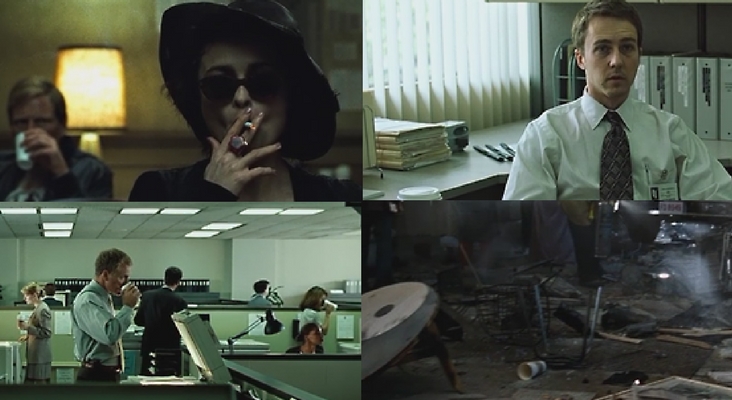
Global coffee giant Starbucks plays an interesting role as an item of product placement in the 2004 adaptation of Chuck Palahniuk’s 1994 anti-materialist cult novel, Fight Club.
Director David Fincher once stated that there’s actually a Starbucks cup secretly placed within every frame of the movie. In a quest to find each one, one Tumblr user created a page titled “fightclubstarbucks” in which the author aims to track down each covert appearance of the branded cups within the movie.
Additionally, towards the climax of the movie, Brad Pitt’s anarchistic character Tyler Durden attempts to blow up an indiscriminate coffee shop, heavily implied to be a Starbucks.
AUDI IN THE IRON MAN TRILOGY
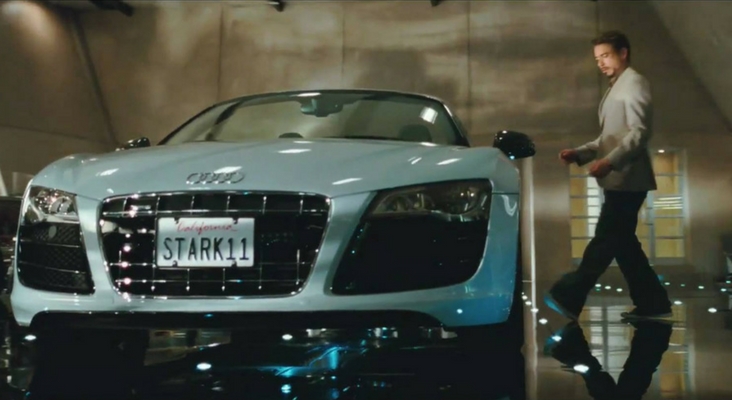
In the Iron Man trilogy, Tony Stark (Robert Downey, Jr.) plays the comic book scientist who spends his time constantly innovating and creating new technology for the Iron Man suit.
Throughout the films, Iron Man’s suits have evolved, and due to Audi’s consistent involvement in the technology behind the film, so have Tony’s cars.
Audi have a history of supporting product placements in cinema, and in 2004 Audi played a similar role as lead technologists to assist the look and feel of the production on the set of iRobot.
COLOUR SWITCH IN VIRAL VIDEOS ON FACEBOOK

Popular mobile game Colour Switch demonstrates a modern twist on traditional methods of product placement.
Discarding common product placement conversions, Colour Switch operates a more guerrilla marketing style strategy which involves partnering up with various social media influencers such as GoobTube in a wide range of humorous and highly shareable social media ‘skits’. Furthermore, these influencers also work to drive engagement and stimulate conversations around the product.
Through the method of targeting niche influencers for product placement opportunities, Colour Switch was able to directly target their millennial audience in a more cost efficient way than possible through other sponsorship routes.
A VARIETY OF PRODUCTS (SARCASTICALLY) PLACED IN WAYNES WORLD
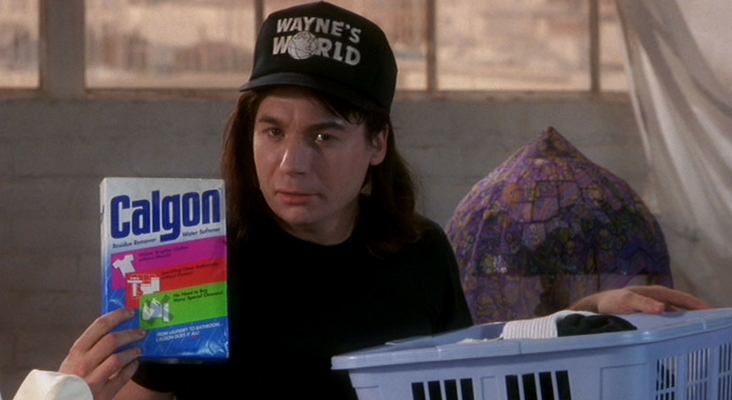
Rock ‘n’ Roll classic Wayne’s World was one of the first movies to show genuine product placements in a satirical fashion.
At the apex of the movie, there is a scene showing the protagonists Garth and Wayne engaging in a series of product placements which comically break the 4th wall with the characters holding up the product and smiling in an exaggerated, sarcastic manner.
Some traditional thinkers believe that this technique impacts on viewer immersion, however, I personally feel that due to the light-hearted tone of the film this scene creates, it’s almost a homage to traditional techniques of product placement.
This makes complete sense within the context of the film, in which a core recurring theme for the characters involves ‘selling out’ to corporate brands.
REESE’S PIECES IN E.T.
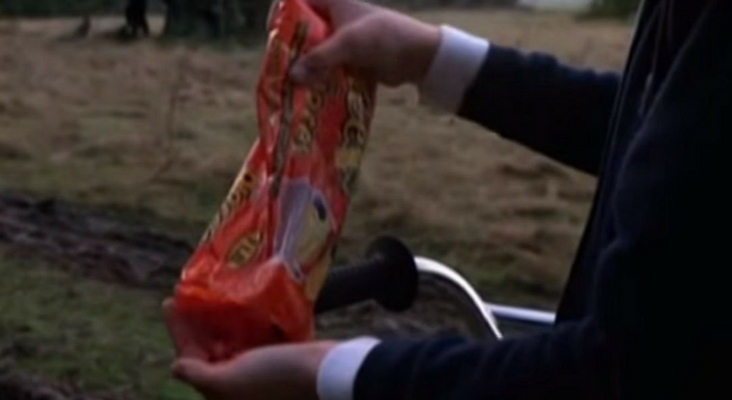
Reese’s Pieces of The Hershey Company was iconically featured in the phenomenally popular film of 1982, E.T. the Extra-Terrestrial. This product placement is estimated to have dramatically increased sales of the brand by an amount as large as 300%!
This excellent marketing opportunity was very nearly missed, however. The Mars candy bar company rejected the offer for its inclusion of its then key product, M&M’s. It was because of this rejection that the offer was made to The Hershey Company for their inclusion of Reese’s Pieces in the new Spielberg film.
ASTON MARTIN IN JAMES BOND
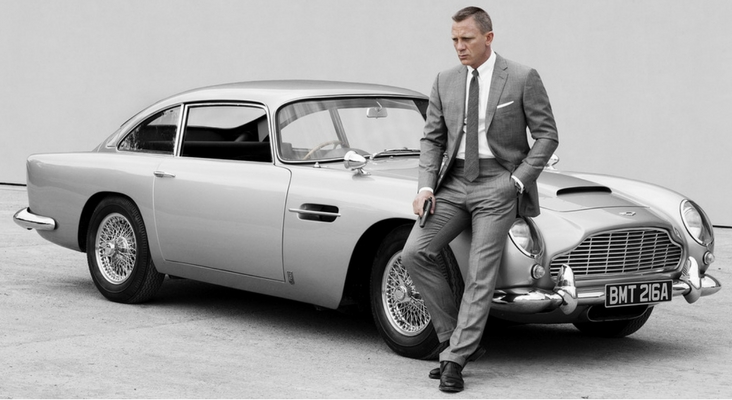
If you were to think of James Bond, it wouldn’t take you too long to also think of Aston Martin. The association between these two brands is now almost inseparable.
While 007 and Aston Martin haven’t always been together on-screen (many of the films have utilised different cars), they share many of the same traits that make them the perfect matching brands.
As an additional mention, Martini has also become highly associated with Bond due to the consistent character quote of “Shaken, not stirred” when 007 is ordering.
REVERSE PRODUCT PLACEMENT – WILLY WONKA
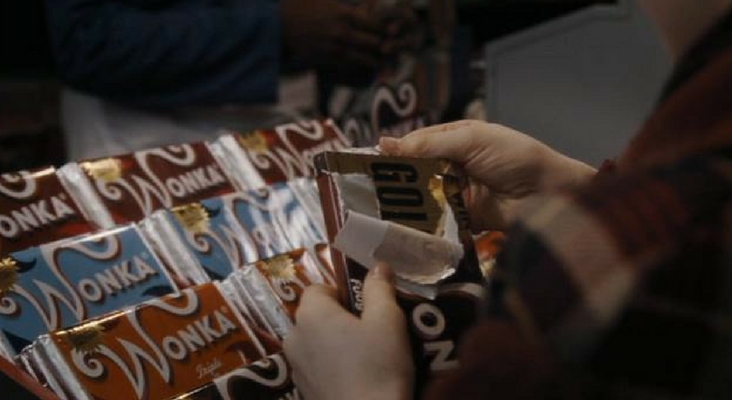
Our fun mention for this post is the reverse product placement that was utilised due to the massive success and popularity of the 1971 film, Willy Wonka & the Chocolate Factory.
Before the film released, the Wonka brand simply didn’t exist. It was only until after Willy Wonka & the Chocolate Factory was released that the demand for Wonka chocolate was created.
Capitalising on this some years later in 1993, Nestlé purchased the chocolate brand and founded a subdivision titled ‘The Willy Wonka Candy Company’, and they then began to produce the iconic chocolate bars featured in the film. Production of these bars was stopped in January 2010 however, due to poor sales.
CONCLUSION
Product placement has the effect of increasing product recall, making people more likely to be able to name the product after seeing the content. Furthermore, it is said that product placement not only affects viewers on a conscious level, but viewers can become affected on a subconscious level as well.
Nevertheless, product placement like many things in marketing is a tool to be used only when the contextual situation demands it. Additionally, it’s important for practitioners to remember, as highlighted in the homage to the product placement shown in Wayne’s World, if the placement is too obvious or breaks the narrative of the story, the effects can even prove detrimental to the brand.
Do you have any great product placement examples that you can add? If so, please leave a comment below!
Comments
7 Genius Examples of Product Placement in TV & Cinema
Article Updated on May 19, 2023
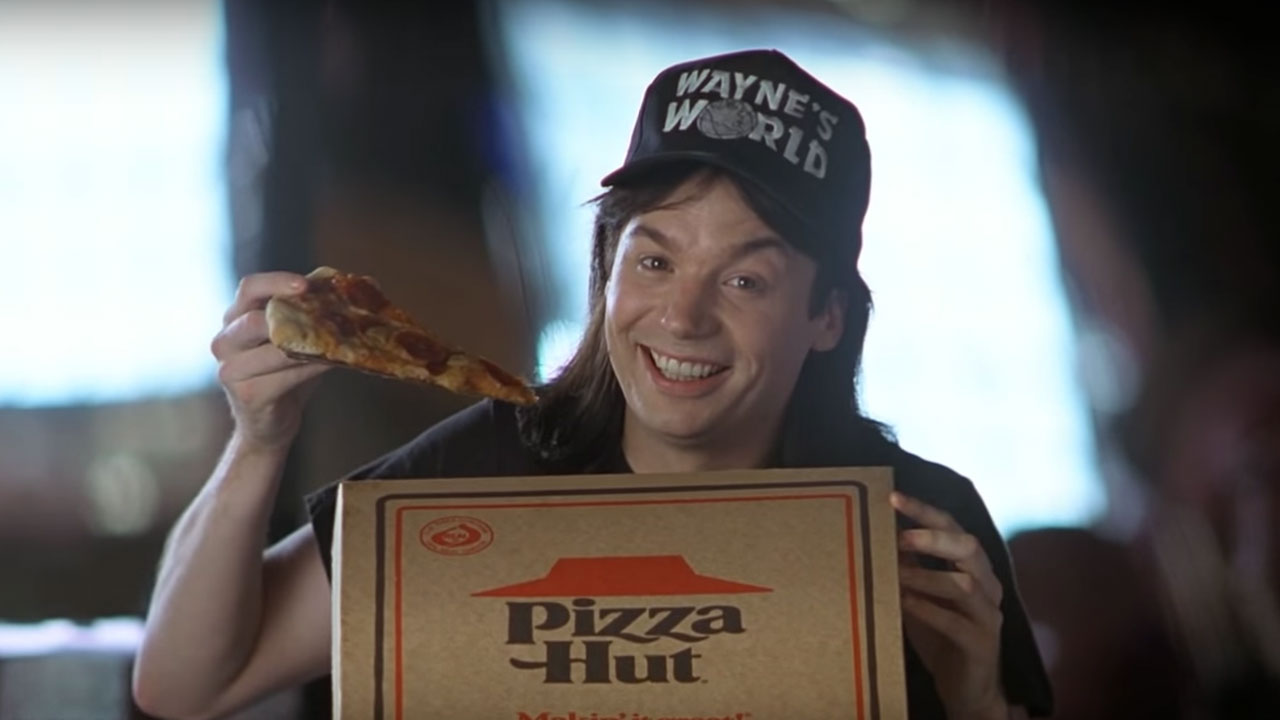
WHAT IS PRODUCT PLACEMENT AND HOW IS IT USED?
Product placement, historically, was a tactic of ‘big budget’ marketing and in the case of many small businesses, large-scale Hollywood blockbuster product placement campaigns were ultimately unattainable.
Nevertheless, it’s hard to say that product placement as a marketing method is completely dead yet. Many contemporary products have been launched using product placement strategies which despite expectations, do not have to be expensive.
PRODUCT PLACEMENT ORIGINATED AROUND THE TIME THAT SOAP OPERAS BEGAN TO EMERGE ON TV
In fact, did you know that Soap Opera’s were named as such, ultimately due to the prolific sponsorship of the shows by companies, those of which primarily being soap products?
These companies advertised their products in a highly effective way through the sponsorship and creation of popular shows, which allowed their products to become household names.
In a sense, the first soap operas that originally appeared on TV in many ways acted like 20-30 minute commercials and often had characters from the shows blatantly discussing the benefits in a highly immersion-breaking and often comical fashion.
In modern times, as techniques of marketing have become more refined, product placement can still be an effective branding technique. Furthermore, it’s possible to learn a lot about target audiences, as well as the strategy behind targeting specific products in-line with the right content creators to ensure that your placements reach the right people.
7 GREAT EXAMPLES OF PRODUCT PLACEMENT IN TV & FILM OVER THE YEARS
STARBUCKS IN FIGHTCLUB

Global coffee giant Starbucks plays an interesting role as an item of product placement in the 2004 adaptation of Chuck Palahniuk’s 1994 anti-materialist cult novel, Fight Club.
Director David Fincher once stated that there’s actually a Starbucks cup secretly placed within every frame of the movie. In a quest to find each one, one Tumblr user created a page titled “fightclubstarbucks” in which the author aims to track down each covert appearance of the branded cups within the movie.
Additionally, towards the climax of the movie, Brad Pitt’s anarchistic character Tyler Durden attempts to blow up an indiscriminate coffee shop, heavily implied to be a Starbucks.
AUDI IN THE IRON MAN TRILOGY

In the Iron Man trilogy, Tony Stark (Robert Downey, Jr.) plays the comic book scientist who spends his time constantly innovating and creating new technology for the Iron Man suit.
Throughout the films, Iron Man’s suits have evolved, and due to Audi’s consistent involvement in the technology behind the film, so have Tony’s cars.
Audi have a history of supporting product placements in cinema, and in 2004 Audi played a similar role as lead technologists to assist the look and feel of the production on the set of iRobot.
COLOUR SWITCH IN VIRAL VIDEOS ON FACEBOOK

Popular mobile game Colour Switch demonstrates a modern twist on traditional methods of product placement.
Discarding common product placement conversions, Colour Switch operates a more guerrilla marketing style strategy which involves partnering up with various social media influencers such as GoobTube in a wide range of humorous and highly shareable social media ‘skits’. Furthermore, these influencers also work to drive engagement and stimulate conversations around the product.
Through the method of targeting niche influencers for product placement opportunities, Colour Switch was able to directly target their millennial audience in a more cost efficient way than possible through other sponsorship routes.
A VARIETY OF PRODUCTS (SARCASTICALLY) PLACED IN WAYNES WORLD

Rock ‘n’ Roll classic Wayne’s World was one of the first movies to show genuine product placements in a satirical fashion.
At the apex of the movie, there is a scene showing the protagonists Garth and Wayne engaging in a series of product placements which comically break the 4th wall with the characters holding up the product and smiling in an exaggerated, sarcastic manner.
Some traditional thinkers believe that this technique impacts on viewer immersion, however, I personally feel that due to the light-hearted tone of the film this scene creates, it’s almost a homage to traditional techniques of product placement.
This makes complete sense within the context of the film, in which a core recurring theme for the characters involves ‘selling out’ to corporate brands.
REESE’S PIECES IN E.T.

Reese’s Pieces of The Hershey Company was iconically featured in the phenomenally popular film of 1982, E.T. the Extra-Terrestrial. This product placement is estimated to have dramatically increased sales of the brand by an amount as large as 300%!
This excellent marketing opportunity was very nearly missed, however. The Mars candy bar company rejected the offer for its inclusion of its then key product, M&M’s. It was because of this rejection that the offer was made to The Hershey Company for their inclusion of Reese’s Pieces in the new Spielberg film.
ASTON MARTIN IN JAMES BOND

If you were to think of James Bond, it wouldn’t take you too long to also think of Aston Martin. The association between these two brands is now almost inseparable.
While 007 and Aston Martin haven’t always been together on-screen (many of the films have utilised different cars), they share many of the same traits that make them the perfect matching brands.
As an additional mention, Martini has also become highly associated with Bond due to the consistent character quote of “Shaken, not stirred” when 007 is ordering.
REVERSE PRODUCT PLACEMENT – WILLY WONKA

Our fun mention for this post is the reverse product placement that was utilised due to the massive success and popularity of the 1971 film, Willy Wonka & the Chocolate Factory.
Before the film released, the Wonka brand simply didn’t exist. It was only until after Willy Wonka & the Chocolate Factory was released that the demand for Wonka chocolate was created.
Capitalising on this some years later in 1993, Nestlé purchased the chocolate brand and founded a subdivision titled ‘The Willy Wonka Candy Company’, and they then began to produce the iconic chocolate bars featured in the film. Production of these bars was stopped in January 2010 however, due to poor sales.
CONCLUSION
Product placement has the effect of increasing product recall, making people more likely to be able to name the product after seeing the content. Furthermore, it is said that product placement not only affects viewers on a conscious level, but viewers can become affected on a subconscious level as well.
Nevertheless, product placement like many things in marketing is a tool to be used only when the contextual situation demands it. Additionally, it’s important for practitioners to remember, as highlighted in the homage to the product placement shown in Wayne’s World, if the placement is too obvious or breaks the narrative of the story, the effects can even prove detrimental to the brand.
Do you have any great product placement examples that you can add? If so, please leave a comment below!
Comments
-
Jeanne Day July 20, 2023 at 1:57 am - Reply
Wow, what an insightful and engaging article on product placement! I loved how you highlighted examples from various industries, showcasing the genius behind incorporating products seamlessly into popular culture. It’s fascinating to see how these placements not only enhance the on-screen experience but also leave a lasting impact on viewers’ perception of the brands. Kudos to you for shedding light on this often overlooked marketing strategy. Looking forward to more interesting reads from you! Keep up the fantastic work!



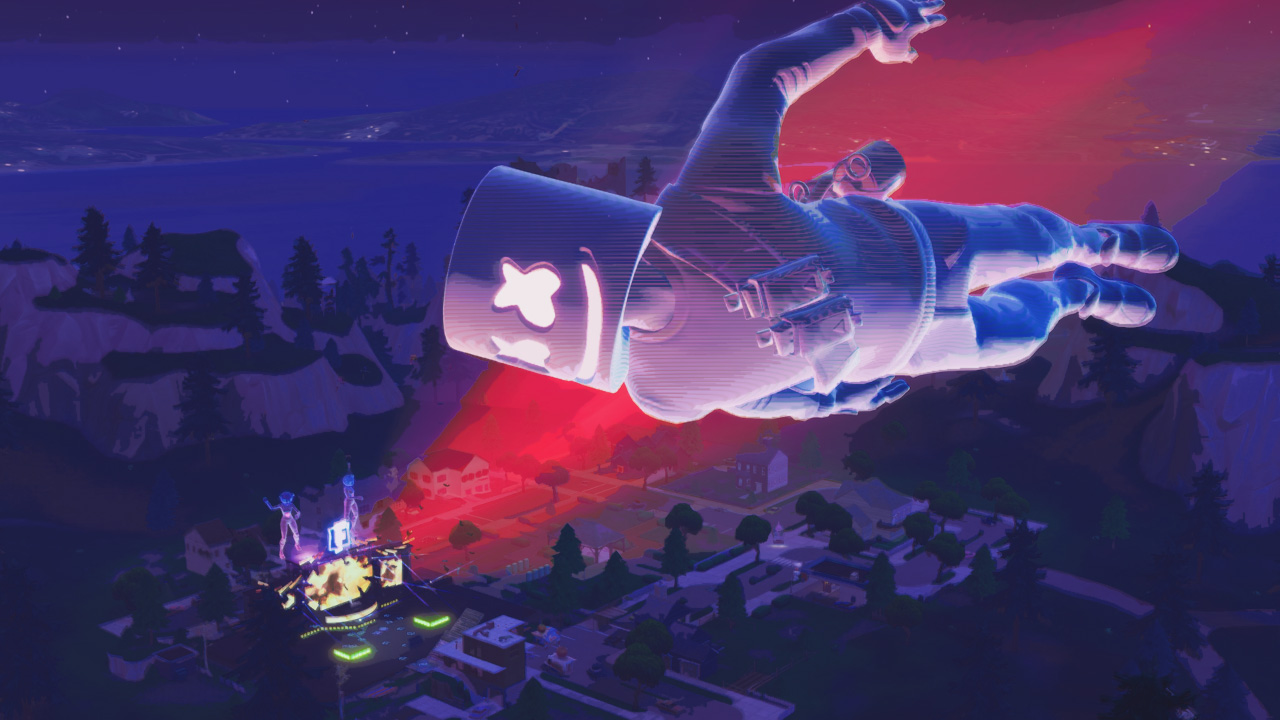
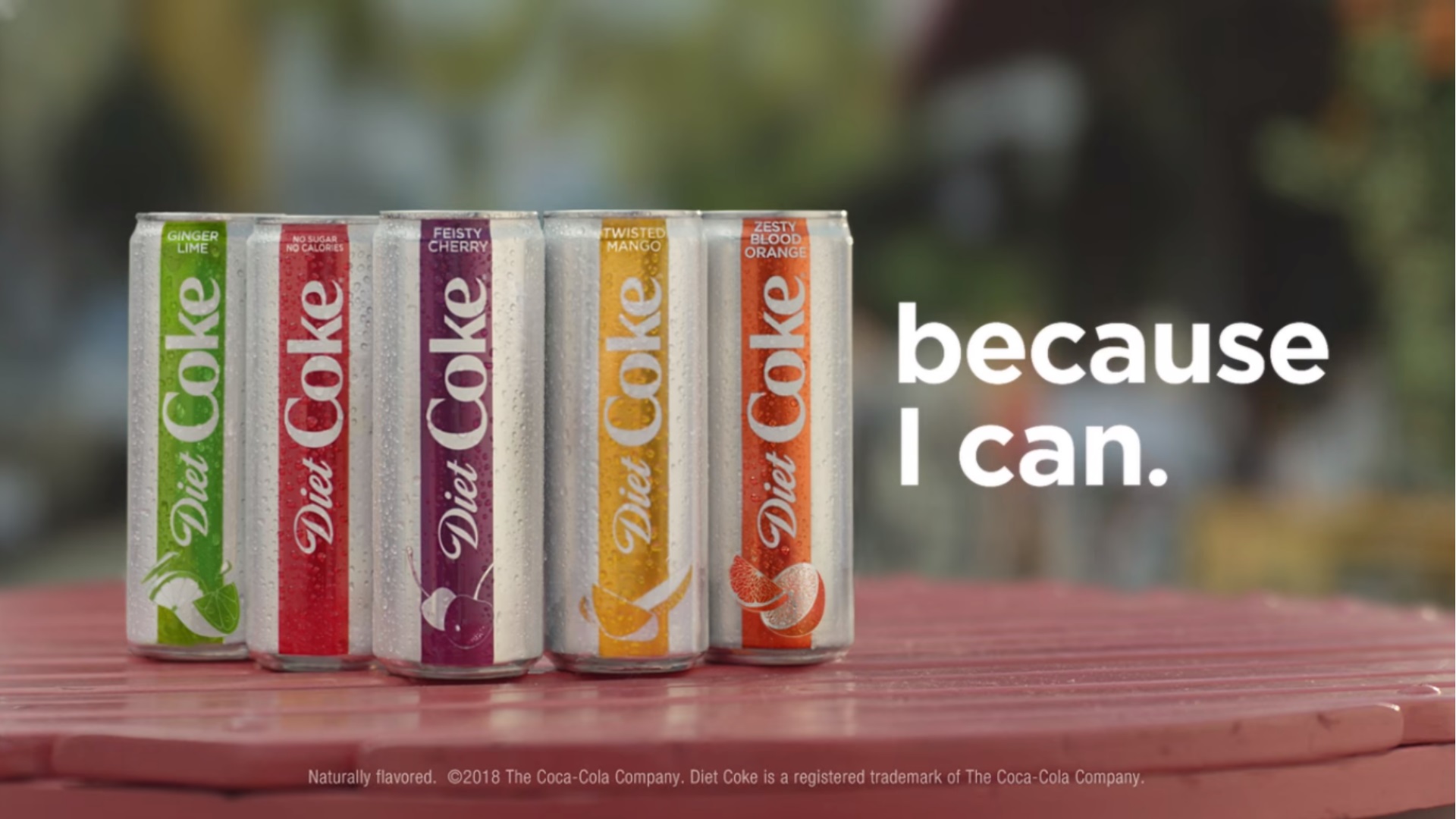
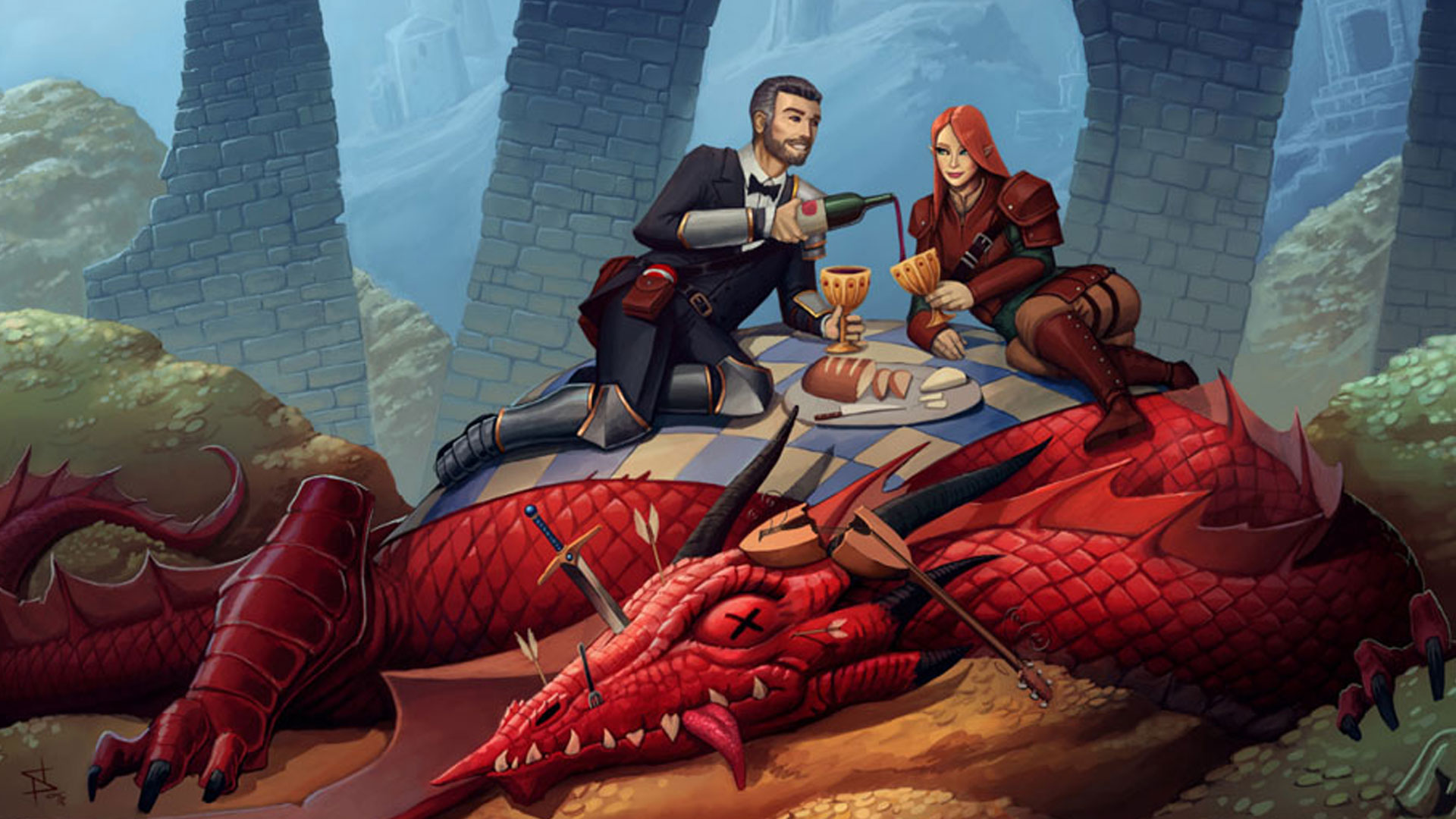
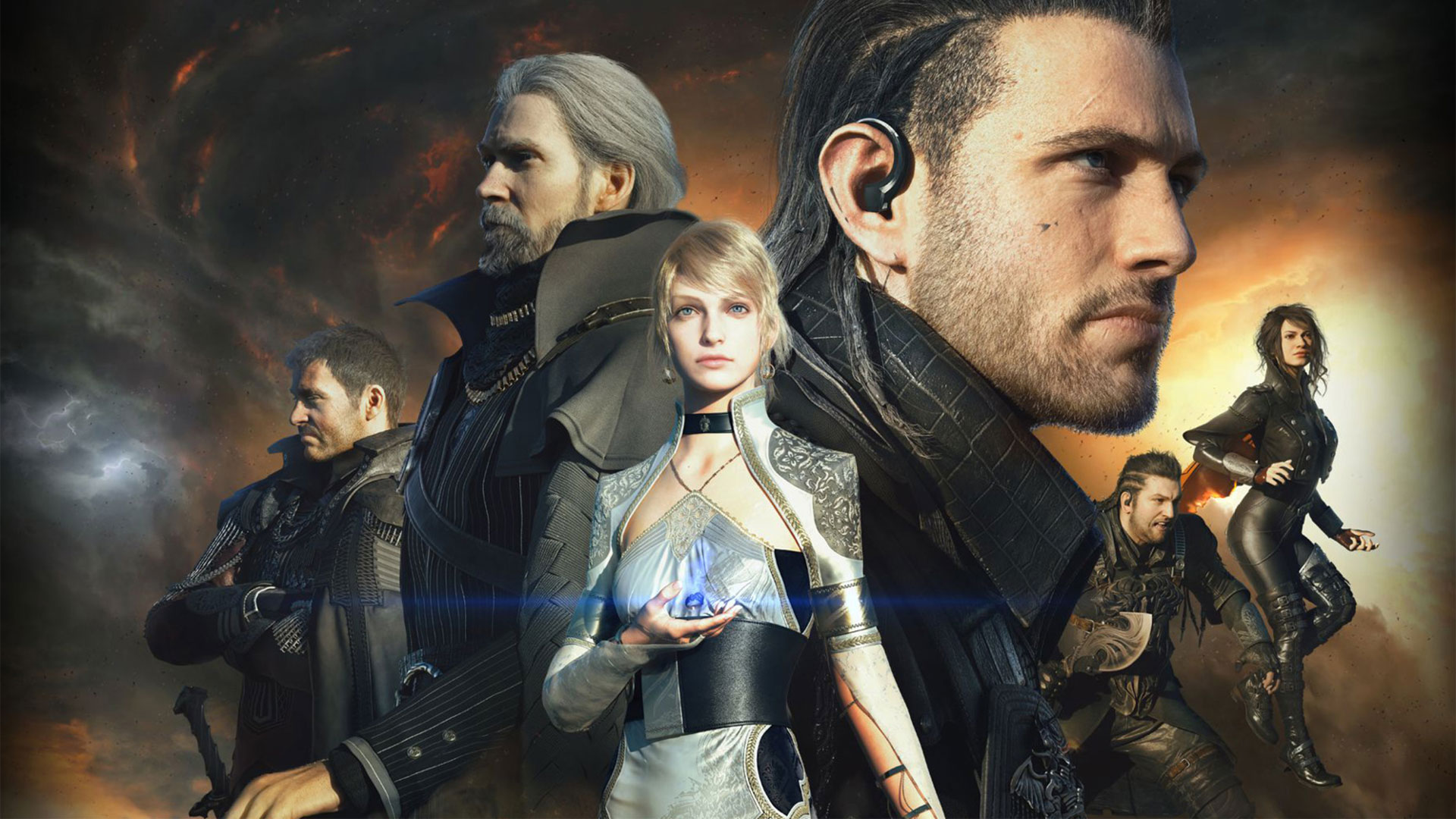
Wow, what an insightful and engaging article on product placement! I loved how you highlighted examples from various industries, showcasing the genius behind incorporating products seamlessly into popular culture. It’s fascinating to see how these placements not only enhance the on-screen experience but also leave a lasting impact on viewers’ perception of the brands. Kudos to you for shedding light on this often overlooked marketing strategy. Looking forward to more interesting reads from you! Keep up the fantastic work!